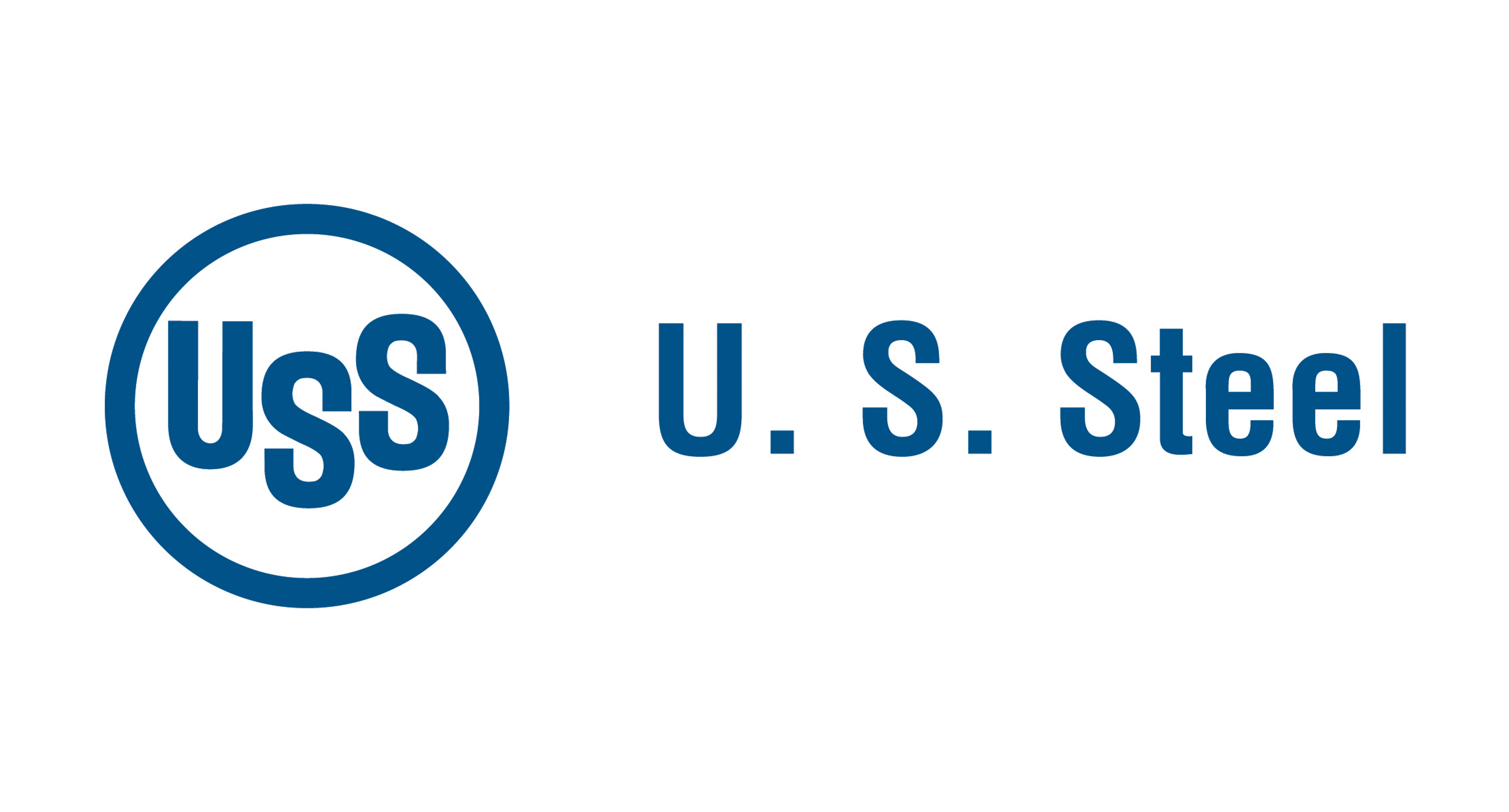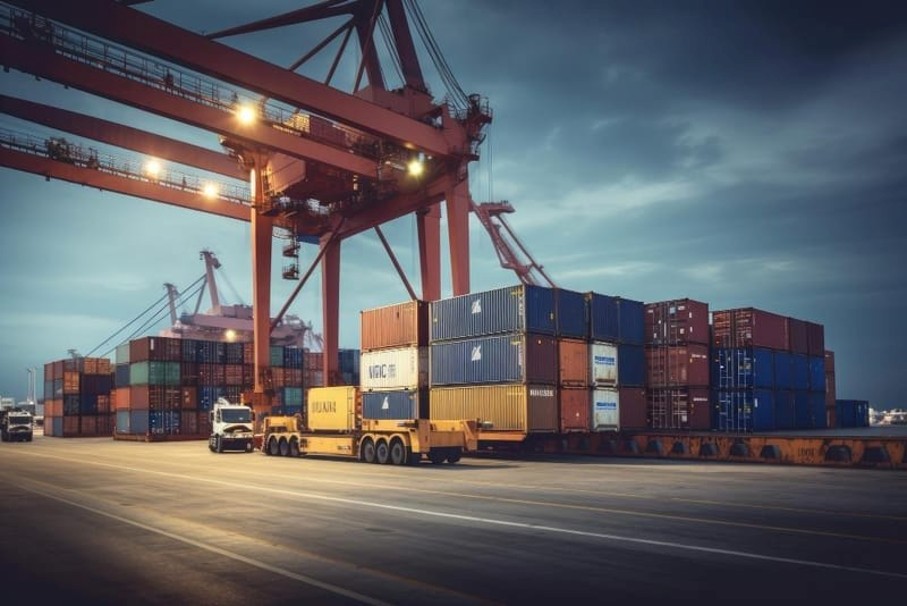Government/Policy

July 19, 2024
Price: The new greenwashing - subsidies to bail out obsolete, excess capacity
Written by Alan Price & John Allen Riggins
UK Steel earlier this year issued a report entitled “Electric Arc Furnace technology can produce all steel products and grades.” Those of you following our columns know that we have been documenting why this is the case and rebutting repeated falsehoods about electric furnace capabilities.
Decarbonization or bailouts?
But there appears to be more behind UK Steel’s report than simply advocating for EAFs. The United Kingdom and other countries are using the “green” label to subsidize bailouts of obsolete, inefficient, and excess capacity that should exit the market. The UK Steel report was drafted to support such a bailout and to discourage politically unpopular shutdowns.
US steelmakers have invested billions of dollars in technologies that curb greenhouse gas output. These investments have been market-based and led by EAF producers such as Nucor, Steel Dynamics, and CMC. Steelmakers in Canada and Europe have announced similar investments. But rather than relying on market financing, many depend on government funding for their “green transitions.”
Algoma Steel in Canada, Jingye British Steel and Tata Steel UK in the United Kingdom, Tata Steel IJumuiden in the Netherlands, and Acciaierie d’Italia (ADI), formerly ILVA, in Italy are all prime examples of these subsidies. All five companies operate large, historic steelworks. And each has experienced severe financial distress in the past decade. Governments blame the influx of unfairly traded imports from China. But this is politically convenient cover for the fact that these facilities have been spiraling downward for more than two decades. Many of these companies are not in a financial position to refurbish or replace aging and obsolete basic oxygen or blast furnaces with EAFs.
Only extensive government financing, bailouts, and other assistance will allow these companies to survive and install new production equipment, even if the market does not need this production capacity. In many cases, these companies are also demanding government assistance to offset high energy prices because the facilities, even with grants, are not economically viable. Left to market forces, these steelmakers would have been forced to shutter their facilities.
Jingye British Steel
Jingye British Steel is a clear example of this dynamic. The company produces beams and wire rod, products dominated by the EAF route in the West since the 1980s. The company entered insolvency in 2019, and Chinese company Jingye Group purchased British Steel the next year for £70 Million—about the scrap value of British Steel’s equipment and inventory. Jingye British Steel remains on dubious financial footing, highlighted by its auditor’s recent resignation over unverifiable stock. Nevertheless, British Steel has proposed building two new EAFs at its Scunthorpe plant to replace blast furnaces commissioned in 1954. According to British Steel, this construction is contingent on £600 million (approximately $778 million) in government support.
Public reporting suggests the government is close to signing an agreement with British Steel. New Prime Minister Kier Starmer previously proposed £3 billion (approximately $3.9 billion) to decarbonize the United Kingdom’s steel industry, despite abandoning a more general £28 billion (approximately $35 billion) green investment initiative. Absent from this push is any discussion about whether the existing U.K. capacity is even necessary to meet market demand.
Tata Steel
For its part, Tata Steel UK has already received a £500 million (approximately $638 million) government support package to help fund a £1.25 billion (approximately $1.62 billion) “transition project,” despite reported losses of £1 million (approximately $1.3 million) per day. Tata Steel is also maneuvering to receive substantially more. Worse yet, the United Kingdom’s decision to subsidize these obsolete works in the United Kingdom also allows Tata Steel to reallocate financial resources to build new, high-polluting blast furnaces in India.
Tata Steel has also pushed for transition assistance in the Netherlands. Tata Steel’s IJmuiden plant is one of Europe’s largest and operates furnaces commissioned in 1967. In 2023, Tata Steel IJmuiden laid off 800 employees after incurring substantial losses. Yet the Dutch government is reportedly considering giving Tata Steel €3 billion (approximately $3.89 billion) to introduce EAF production at the IJmuiden works.
Algoma
Algoma Steel’s experience tells a similar story. The Canadian steelmaker most recently filed for bankruptcy in 2015 and embarked on a lengthy reorganization. Algoma restarted with substantial government support. Despite these financial straits, the governments of Canada and Ontario doubled down on prior subsidies and extended $420 million to help Algoma Steel transition from blast furnace production to EAF production (and an additional $120 million for “modernization and expansion”). This investment comes as Algoma Steel’s blast furnace turns 50 years old—i.e., the age a steelmaker would be considering a shut down or replacement.
ADI
Finally, in Italy, the government has repeatedly intervened to save troubled Italian steelmaker ADI. For the past decade, ADI has been perpetually unprofitable and unable to retain a permanent private investor, forcing the Italian government to take over as owner earlier this year. Despite these troubles, the Italian government aims to keep the facility alive with a €1 billion (approximately $1.3 billion) investment in a DRI plant. The Italian government hopes this incentive will encourage an investor to purchase the distressed company and decarbonize the facility’s 60-year-old blast furnace.
The takeaway: Market forces should win the day
In each case, governments are making decisions based on factors other than market demand and market economics. Often, the governments acknowledge that maintaining employment is a primary motivation. The United Kingdom, the Netherlands, and Canada export a significant percentage of overall steel production. Steel exports from the United Kingdom accounted for more than half of the industry’s production in 2022. In 2023, the Netherlands was the second largest steel exporter in the European Union, and Italy was the third largest. In its most recent fiscal year, Algoma Steel derived more than 60% of revenue from exports to the United States. Existing capacity is clearly excess as producers need to offload large volumes in foreign markets.
Governments are characterizing survival subsidies as a “green transition”—a new form of greenwashing. Much of this capacity is excess and obsolete. These programs will result in exports to the United States and other global markets that are simply not needed. While efforts to lower emissions are important, foreign governments are keeping unneeded capacity online at the expense of U.S. steel producers, their employees, suppliers, and surrounding communities. U.S. steelmakers financed EAF construction with market capital and are placed at a severe competitive disadvantage against exports that have received “green transition” funding. “Green transition” plans have provided convenient cover for foreign governments to subsidize replacement capacity. Instead, this capacity should be allowed to exit.
Editor’s note: This is an opinion column. The views in this article are those of an experienced trade attorney on issues of relevance to the steel market. They do not necessarily reflect those of SMU. We welcome you to share your thoughts as well at info@steelmarketupdate.com.

Alan Price
Read more from Alan Price





